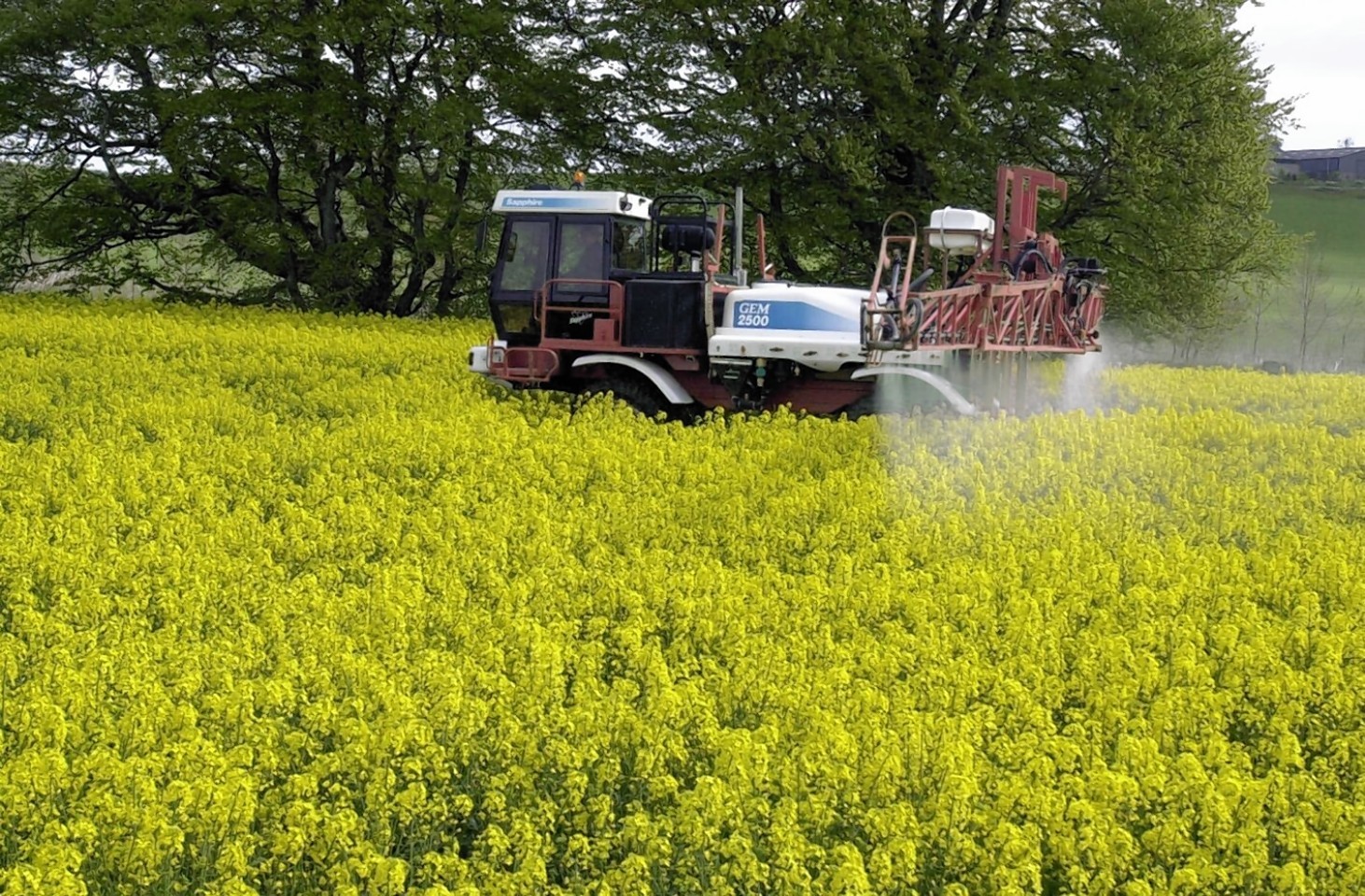The European Chemicals Agency (ECHA) has classified glyphosate as “not carcinogenic” following an investigation into the safety of the important agricultural herbicide.
The conclusion was reached by the agency’s committee for risk assessment, which used extensive scientific data to assess glyphosate against criteria in the classification, labelling and packaging regulation for European member states.
It said the available scientific evidence did not meet the criteria to classify glyphosate for specific target organ toxicity, or as a carcinogen, as a mutagen or for reproductive toxicity.
The ECHA’s opinion on the safety of the herbicide builds on the views of other regulatory bodies around the world, including the World Health Organisation, the Food and Agriculture Organisation of the UN and the European Food Safety Authority.
Welcoming the news, NFU Scotland president Andrew McCornick hailed the ECHA’s conclusions as a “major step” towards the re-approval of the herbicide glyphosate.
The union said European regulators now have a mandate to allow the product to be re-authorised for a further 15-year period when they make that decision later this year.
“Glyphosate is a key tool for farmers, allowing them to control weeds and use environmentally friendly techniques, such as minimum tillage, which reduce soil erosion and greenhouse gas emissions,” said Mr McCornick.
He said the herbicide was also widely used to dry ripening crops, which in turn reduced the industry’s reliance on fossil fuels.
“It remains vital that the decision-makers in Europe are under no illusion about the importance of glyphosate to Scottish farmers and growers,” added Mr McCornick.
As a result, the union has appealed to any farmer that uses the product – and wishes to continue to do so – to communicate directly with their MEP exactly how important it is to their entire farming system.
Mr McCornick said he “firmly believes” the continued, responsible use of glyphosate for agricultural operations meets not only the best interests of farmers, but of consumers and the environment too.
